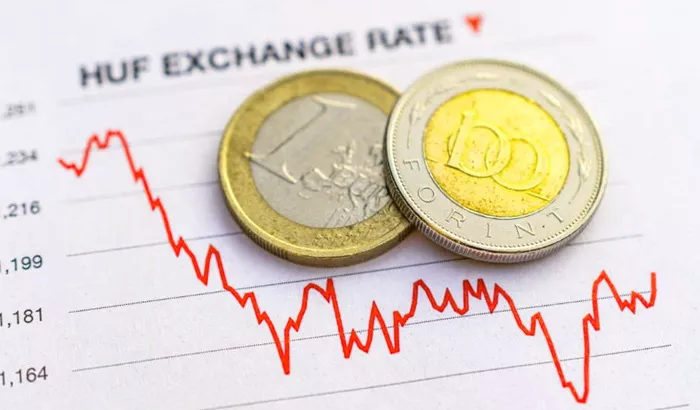The euro (€) and the US dollar ($) represent two of the most influential and widely used currencies in the global economy. The euro, introduced in 1999, serves as the official currency for 20 of the 27 European Union member states, encompassing major economies such as Germany, France, and Spain. It plays a crucial role in global finance, impacting international trade, investment, and economic policy.
In contrast, the US dollar, established as the official currency of the United States, has long been regarded as the world’s primary reserve currency. Its dominance in international trade, finance, and global markets underpins its critical role in economic transactions. Understanding the exchange rate between these currencies is essential for individuals and businesses engaged in cross-border financial activities.
Current Exchange Rate Trends
As of the latest data, 1 euro is approximately equivalent to 1.09 US dollars. This conversion rate is not static and can vary from day to day based on a variety of factors. Exchange rates are influenced by global economic conditions, market trends, and geopolitical events. For instance, a strengthening or weakening of the euro against the dollar can have profound implications for international trade, investment portfolios, and travel expenses.
Businesses and travelers alike must monitor these fluctuations to make informed financial decisions and optimize currency conversions. Online financial news platforms, currency converters, and financial institutions provide real-time updates and historical data to help individuals stay abreast of the latest changes in exchange rates.
See also: How Much Is 0.0005 BTC In USD?
Factors Influencing the Euro to Dollar Exchange Rate
The exchange rate between the euro and the US dollar is shaped by a multitude of factors, each contributing to the currency’s relative value. Economic indicators, such as gross domestic product (GDP) growth, employment statistics, and inflation rates, play a significant role in influencing currency strength. A robust economic performance in either the Eurozone or the United States can lead to a stronger currency, impacting the exchange rate.
Additionally, monetary policies implemented by the European Central Bank (ECB) and the Federal Reserve are pivotal in determining currency value. Decisions regarding interest rates and monetary expansion or contraction can lead to significant fluctuations in the euro-dollar exchange rate. Geopolitical events, including trade agreements, political stability, and international conflicts, also play a crucial role in shaping investor confidence and currency valuation.
Market sentiment and speculative activities further contribute to short-term volatility in exchange rates, making it essential for stakeholders to remain informed about both macroeconomic and microeconomic developments.
See also: How Much Is 1 TikTok Coin In USD?
How to Monitor and Convert Currencies
To effectively monitor and convert currencies, individuals and businesses should utilize a range of tools and resources. Financial news websites, such as Bloomberg and Reuters, provide up-to-date exchange rate information and market analyses. Currency converter tools available online offer real-time conversion rates and historical data, which are invaluable for making timely financial decisions.
Many financial institutions and banks also offer currency exchange services and can provide personalized advice based on current market conditions. Staying informed through these resources allows users to navigate currency fluctuations, manage financial risk, and optimize their currency conversions. For travelers and businesses involved in international transactions, being aware of exchange rate trends and utilizing reliable tools for currency conversion are essential for effective financial planning and cost management.
Conclusion
The exchange rate between the euro and the US dollar is a dynamic and critical element of the global financial landscape. With the current rate at approximately 1 euro to 1.09 US dollars, understanding the factors that drive currency fluctuations is vital for anyone engaged in international finance.
Monitoring economic indicators, monetary policies, geopolitical events, and market sentiment can provide valuable insights into currency movements. By leveraging real-time information from financial news sources and currency converters, individuals and businesses can make informed decisions, optimize their financial strategies, and navigate the complexities of the global currency market with greater confidence.
Related Topics:

